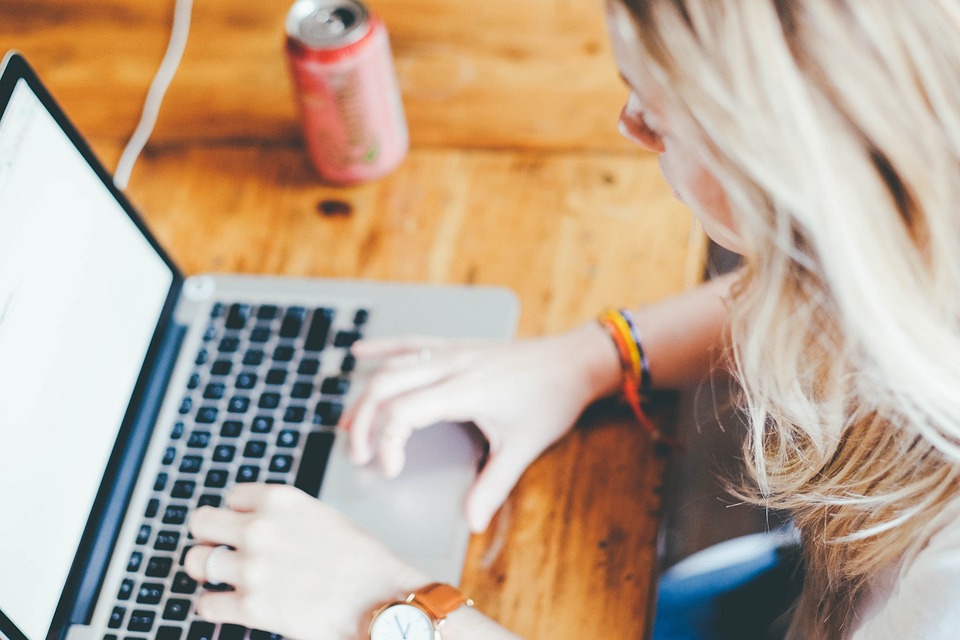Title: AI and Creativity: Can Machines Really Think Outside the Box?
Introduction:
Artificial Intelligence (AI) has made tremendous advancements in various fields, showcasing its ability to process vast amounts of data and perform complex tasks. However, one question that often arises is whether machines can truly exhibit creativity and think outside the box. In this article, we will delve into the realm of AI-driven creativity, exploring its current capabilities, limitations, and the potential impact on human creativity.
Understanding AI Creativity:
1. Defining creativity in AI:
– Creativity can be defined as the generation of ideas, concepts, or solutions that are original, new, and valuable.
– In the realm of AI, creativity is often attributed to algorithms that can generate novel and innovative outputs.
2. AI in creative fields:
– AI has found applications across various creative domains, such as music composition, visual art, and even literature.
– Machine Learning (ML) algorithms can analyze patterns in existing artistic works to generate new content that mimics a specific artist’s style or genre.
Current AI Creativity Capabilities:
1. Pattern recognition and synthesis:
– AI algorithms excel in recognizing patterns and similarities within vast datasets, enabling them to mimic artistic styles accurately.
– Programs like DeepArt and DeepDream use ML to analyze images and generate aesthetically appealing compositions.
2. Collaborative creativity:
– Some AI platforms, like Google’s Magenta project, offer tools that facilitate collaboration between humans and machines. Artists can use AI-generated suggestions as creative inputs, enhancing their own work.
3. Innovation and ideation:
– Generative adversarial networks (GANs) have shown promise in generating unique, novel ideas by training two neural networks against each other to push creative boundaries.
Limitations of AI Creativity:
1. Lack of intention and emotion:
– AI’s ability to generate creative content is still limited due to its lack of intention, emotion, and contextual understanding.
– Machines can replicate existing styles but struggle to produce works that convey deep emotional or conceptual meanings.
2. Over-reliance on existing data:
– AI algorithms rely heavily on existing datasets, making it challenging to generate truly original ideas.
– Automated systems sometimes suffer from perpetuating biases already present in the data they were trained on.
Potential Impact on Human Creativity:
1. Enhancing human creativity:
– AI’s ability to analyze vast amounts of data quickly can serve as a powerful tool to augment human creative processes.
– Artists can harness AI to explore new ideas, overcome creative blocks, or inspire innovative approaches.
2. Redefining art and creativity:
– The rise of AI-generated art raises discussions about the concept of authorship, authenticity, and the role of human creation in an increasingly technologically driven world.
Conclusion:
While AI has made notable strides in replicating human creativity, machines still fall short of thinking outside the box and producing truly original works. The current limitations of AI include a lack of emotional understanding and overreliance on existing data. Nevertheless, AI has the potential to enhance human creativity by serving as a tool for ideation and inspiration. The future holds intriguing possibilities for the interaction between machine-generated and human-generated creativity, pushing the boundaries of what we consider artistic expression.
AI
#Creativity #Machines #Box


